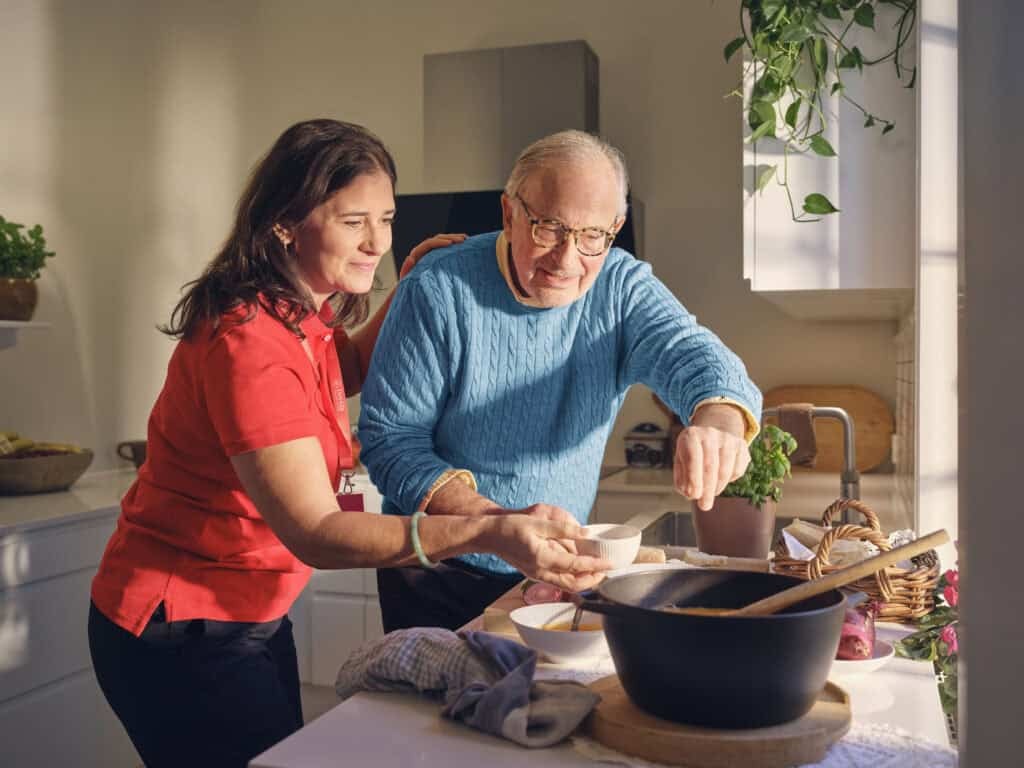News
5 September 2025
Top 5 Changes to Know About Support at Home
Change can feel overwhelming, but when it comes to Support at Home, these changes are designed to make your aged care experience simpler, more flexible, and more empowering.
Here are the five most important changes you need to know about.
1. Only Pay for What You Use
Perhaps the most significant change is how you’ll pay for services. Under the old Home Care Package program, many people paid a daily fee and also an income-tested care fee regardless of whether they used services that day. Support at Home is different.
Now, you’ll only pay contributions for services you actually receive, and only for Independence and Everyday Living services. Clinical care like nursing, physiotherapy, and occupational therapy remains fully government-funded with no contribution required.
This means if you have a week with fewer services, the amount you will pay reflects that. It’s intended to be a fairer system that aligns your payments with your actual care needs.
2. Higher Funding Levels Available
Support at Home increases the maximum funding available for in-home care from $61,440 to $78,000 annually. This increase means people with complex care needs can access more comprehensive support while staying at home.
The program offers eight classification levels, from Level 1 at $10,697 annually to Level 8 at $77,709 annually. Your classification is determined by your assessment, ensuring the funding matches your specific needs.
3. Upfront Funding for Equipment and Modifications
One of the most practical improvements is the new Assistive Technology and Home Modifications (AT-HM) scheme. Previously, you might have needed to save from your package over months or years to afford a wheelchair, shower chair, or safety rails.
Under Support at Home, you can access up to $15,000 for both assistive technology and home modifications through a separate assessment process. This means you won’t need to save up from your existing funding to afford the equipment that keeps you safe and independent at home.
4. Three New Specialised Pathways
Support at Home introduces three targeted pathways to support participants with specific needs:
- The Restorative Care Pathway provides up to $6,000 over 16 weeks for intensive allied health services designed to help you regain abilities after a health event or manage new conditions. Think of it as a focused investment in rebuilding your independence.
- Assistive Technology and Home Modifications (AT-HM) – (add in other details about this)
- The End-of-Life Pathway offers $25,000 over 12 weeks for those diagnosed as having less than three months to live, ensuring you can receive comprehensive palliative care at home with dignity and comfort.
These pathways can be accessed alongside your regular Support at Home services, providing additional support precisely when you need it most.
5. Single Provider, Streamlined Care
From November 1, 2025, you’ll work with one provider for all your Support at Home services. This means no more coordinating between multiple providers for different services – your provider manages everything from personal care to transport to meal preparation.
This streamlined approach reduces complexity while ensuring better coordination between all aspects of your care. Your provider will also help arrange any assistive technology or home modifications you’re approved for, making the entire process more cohesive and less stressful.
The Human Touch Remains
While these changes improve the system’s structure, the heart of aged care remains unchanged – it’s about providing person-centred care and delivering care that is safe, compliant and timely. At Dovida, our role as your care partner becomes even more important as we help you navigate these new opportunities and ensure they translate into meaningful improvements in your daily life.
These changes represent the most significant improvement to aged care in decades, all designed with one goal: helping you live the life you want in the comfort of your own home.
